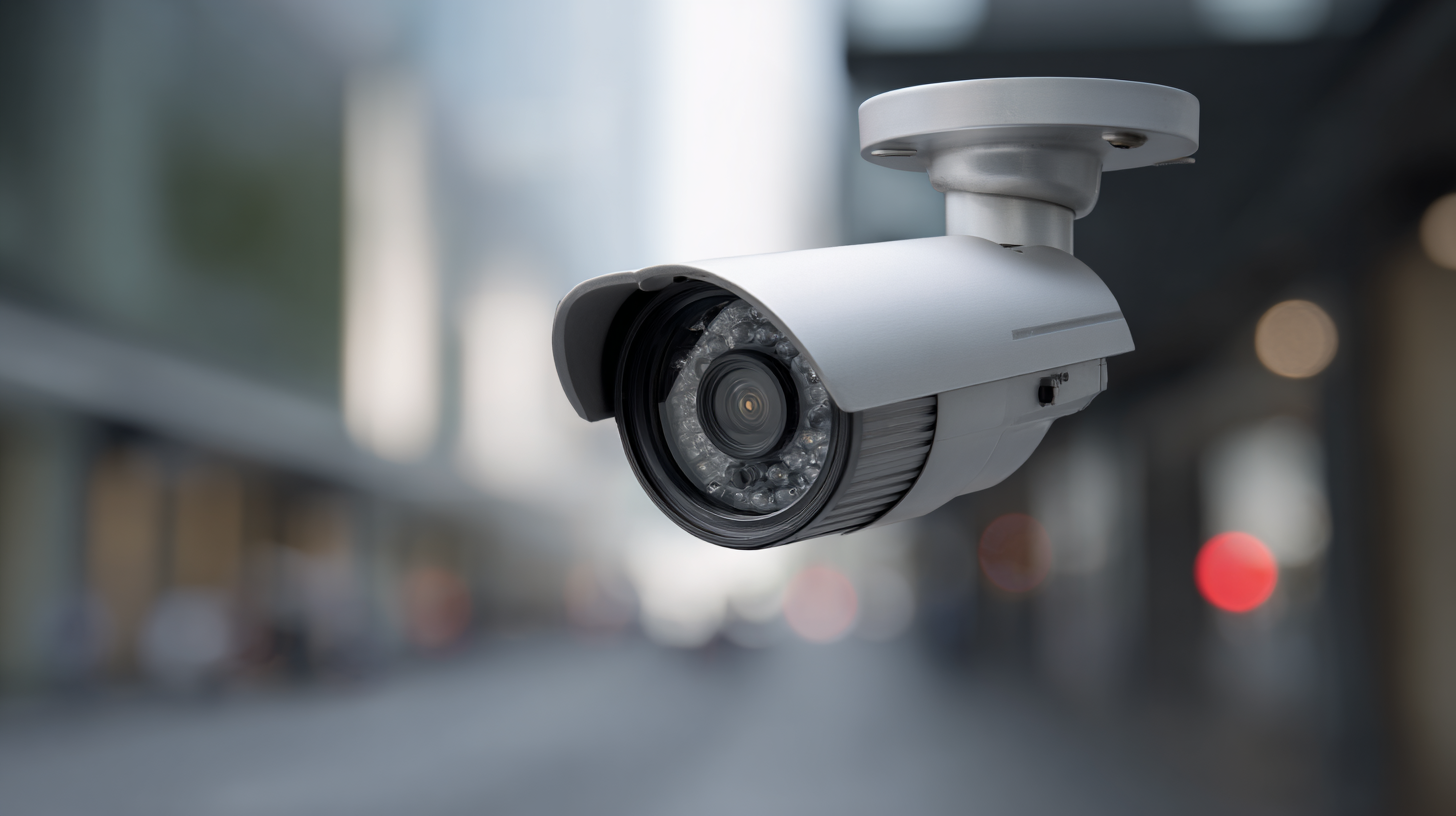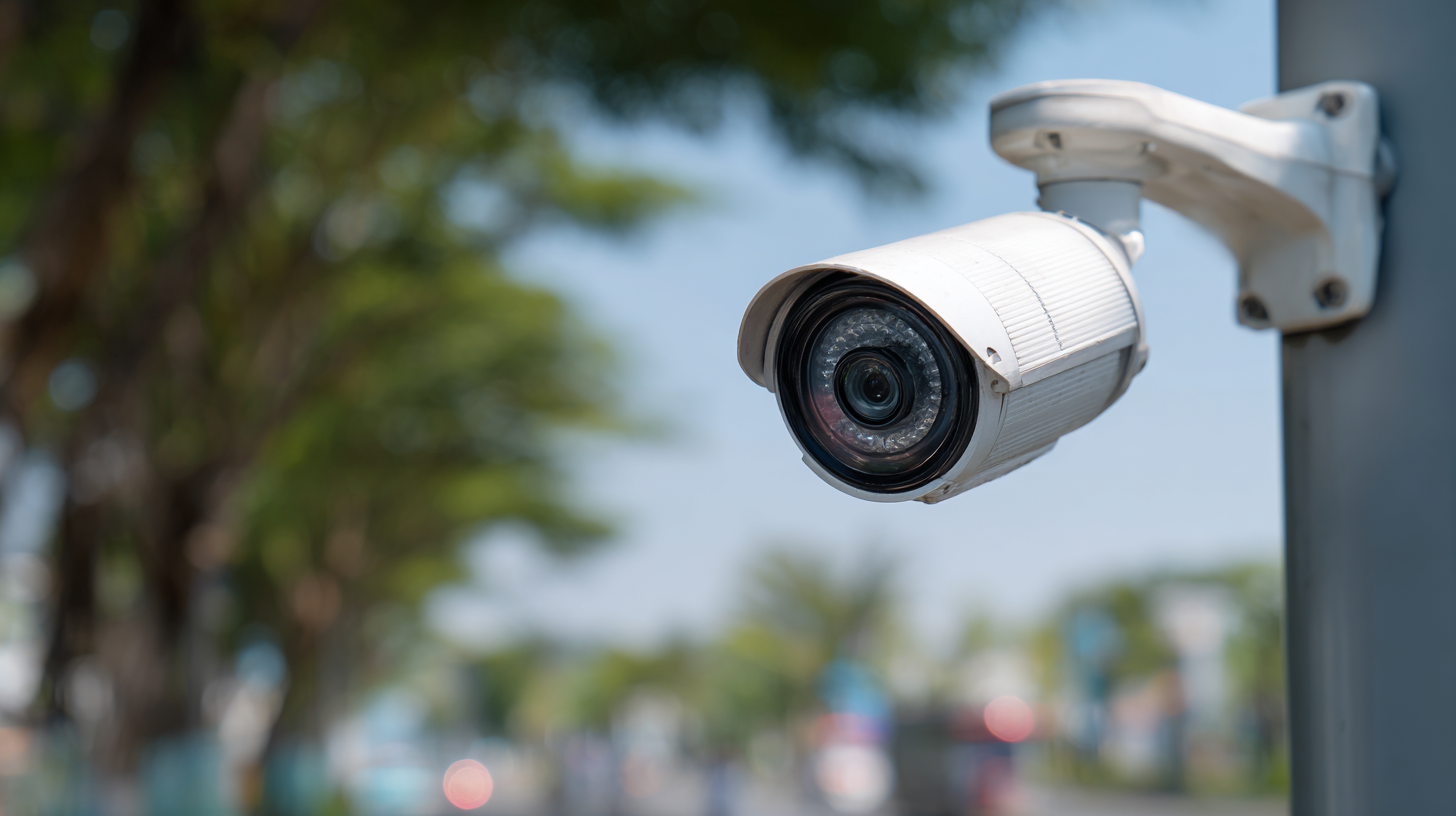 When it comes to safeguarding your home, choosing the right manufacturer for Camera Home Security systems is a crucial decision that can significantly influence your peace of mind. With the market overflowing with various options, making a well-informed choice can seem overwhelming. This comprehensive comparison guide is designed to illuminate the features, technologies, and reputations of key manufacturers that specialize in camera home security solutions. By examining factors such as image quality, ease of installation, customer support, and price points, we aim to simplify the decision-making process. Whether you are seeking basic surveillance or advanced security features, understanding the unique offerings of different manufacturers will help you identify the best camera home security system tailored to your needs. Join us as we delve into the essential elements that will help you choose confidently and effectively for a safer home.
When it comes to safeguarding your home, choosing the right manufacturer for Camera Home Security systems is a crucial decision that can significantly influence your peace of mind. With the market overflowing with various options, making a well-informed choice can seem overwhelming. This comprehensive comparison guide is designed to illuminate the features, technologies, and reputations of key manufacturers that specialize in camera home security solutions. By examining factors such as image quality, ease of installation, customer support, and price points, we aim to simplify the decision-making process. Whether you are seeking basic surveillance or advanced security features, understanding the unique offerings of different manufacturers will help you identify the best camera home security system tailored to your needs. Join us as we delve into the essential elements that will help you choose confidently and effectively for a safer home.
When selecting a home security camera, understanding the key features is essential to ensure you make the right choice. One of the most critical factors to consider is the resolution. Cameras with higher resolution provide clearer images and can reveal important details, such as faces and license plates. Look for cameras offering at least 1080p HD resolution for optimal performance.
Another vital feature is the field of view. A wider field of view enables a single camera to cover more area, reducing the number of cameras needed for complete surveillance. Ideally, choose cameras with at least a 90-degree field of view. Additionally, consider cameras with pan-and-tilt capabilities, allowing you to remotely adjust the camera angle for better coverage.
Tips: Always check for night vision capabilities to ensure that the camera performs well in low light conditions. Moreover, consider models that offer cloud storage options for easier access to recorded footage. Finally, look for cameras with motion detection alerts; this feature will keep you informed of any unusual activity around your home in real time.
 When choosing a manufacturer for your home security camera system, reputation and customer support are critical factors. According to a report by the Electronic Security Association, 85% of consumers consider customer service as a crucial factor in their purchasing decisions. A manufacturer with a solid reputation often reflects consistent product quality and reliability, which can significantly impact your home security experience. Look for companies that have received positive feedback from users and have established a track record in the industry.
When choosing a manufacturer for your home security camera system, reputation and customer support are critical factors. According to a report by the Electronic Security Association, 85% of consumers consider customer service as a crucial factor in their purchasing decisions. A manufacturer with a solid reputation often reflects consistent product quality and reliability, which can significantly impact your home security experience. Look for companies that have received positive feedback from users and have established a track record in the industry.
Tip: Before making a decision, read customer reviews and testimonials on various platforms. This will give you insight into how the manufacturer handles issues and whether they provide reliable tech support when it matters most.
Moreover, ensure that the manufacturer has comprehensive support options, including live chat, email, and phone support. A study by Statista indicates that 70% of customers cite poor customer service as the primary reason for abandoning a brand. Therefore, it’s essential to select a manufacturer that not only provides quality camera equipment but also stands behind their products with exceptional support.
Tip: Check if the manufacturer offers warranties and return policies. These can be indicators of their confidence in their products and their commitment to customer satisfaction.
When selecting the right manufacturer for your home security camera, understanding the pricing and value of different camera types is crucial. The market for digital still cameras is showing significant growth, with projections indicating a market size of $XX billion by 2033. This growth can be attributed to the increasing demand for built-in lens cameras and interchangeable lens cameras, catering to both amateur and professional applications. For instance, the DSLR and MILC segments are expected to gain substantial market share, driven by advancements in technology and a growing interest in high-quality image capture.
Simultaneously, the smartphone camera module market is rapidly expanding, with an anticipated compound annual growth rate (CAGR) of over 8.4% leading up to 2032. The integration of advanced camera technologies—like dual and triple-camera setups—along with varying pixel resolutions, enhances the value proposition for consumers seeking multifunctional devices. As more users prioritize camera quality in their purchasing decisions, the competition among manufacturers intensifies, pushing them to innovate continuously. This dynamic environment offers consumers a wealth of options, but careful consideration of the pricing associated with different technologies is essential to ensure they choose the right solution for their home security needs.
| Camera Type | Price Range (USD) | Resolution | Field of View | Night Vision | Wireless Connectivity | Additional Features |
|---|---|---|---|---|---|---|
| Indoor IP Camera | 50 - 150 | 1080p, 4MP | 90 degrees | Yes | Wi-Fi | Two-way audio, Motion detection |
| Outdoor Bullet Camera | 100 - 300 | 1080p, 2MP | 120 degrees | Yes | Wi-Fi, Ethernet | Weatherproof, Motion alerts |
| Pan-Tilt-Zoom (PTZ) Camera | 200 - 500 | 4MP, 4K | 340 degrees | Yes | Wi-Fi, Ethernet | Auto tracking, Smart analytics |
| Doorbell Camera | 100 - 250 | 1080p | 160 degrees | Yes | Wi-Fi | Cloud storage, Motion alerts |
| 360-Degree Camera | 250 - 600 | 1080p, 4MP | 360 degrees | Yes | Wi-Fi | Panoramic view, App integration |
As we look toward the future of home security technology, the industry shows promising growth, driven by advancements and evolving consumer needs. The global home decor market is projected to reach approximately $800.23 billion by 2025, indicating a strong foundation for related products like home security systems. This trend emphasizes the increasing importance of integrating smart technologies into our living spaces, as consumers seek robust solutions that enhance safety.
Additionally, the market for child safety devices, including smart wearables, is anticipated to expand significantly, growing from $148.77 million in 2025 to $301.93 million by 2033 at a compound annual growth rate (CAGR) of 9.25%. This growth reflects the rising demand for innovative safety solutions that cater specifically to children's needs. Furthermore, the intelligent lock segment is rapidly emerging, with advancements aimed at increasing security while improving user convenience. These innovations are a testament to the ongoing shift within the security landscape, where cutting-edge technology is becoming a standard expectation for consumers as they pursue peace of mind in their homes.
When it comes to selecting the best home security camera, understanding the strengths and weaknesses of leading brands is key. In this comparative review, we delve into notable camera manufacturers, examining their offerings in terms of features, design, and usability. Brands like Arlo, Ring, and Nest stand out not only for their technological advancements but also for how they cater to diverse consumer needs. For example, Arlo's wire-free models are perfect for users seeking flexibility in placement, while Ring’s integration with smart doorbells provides a comprehensive home security solution.

Another crucial aspect to consider is the camera’s functionality in various environments. Some brands excel in low-light settings, while others may offer superior night vision or weather resistance. For instance, the Eufy lineup boasts impressive local storage options, reducing long-term subscription costs, making them appealing to budget-conscious consumers. Additionally, user-friendly mobile applications facilitate easy monitoring, an essential factor for homeowners seeking peace of mind. With careful consideration of these aspects, consumers can make informed decisions tailored to their specific security requirements.